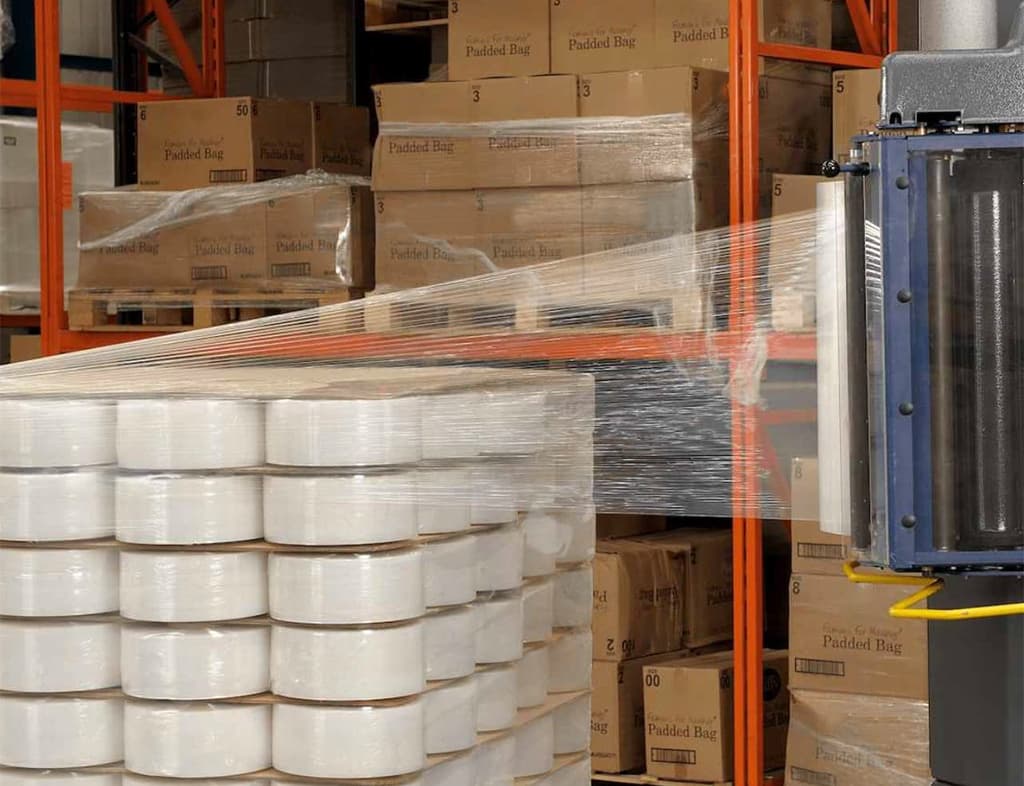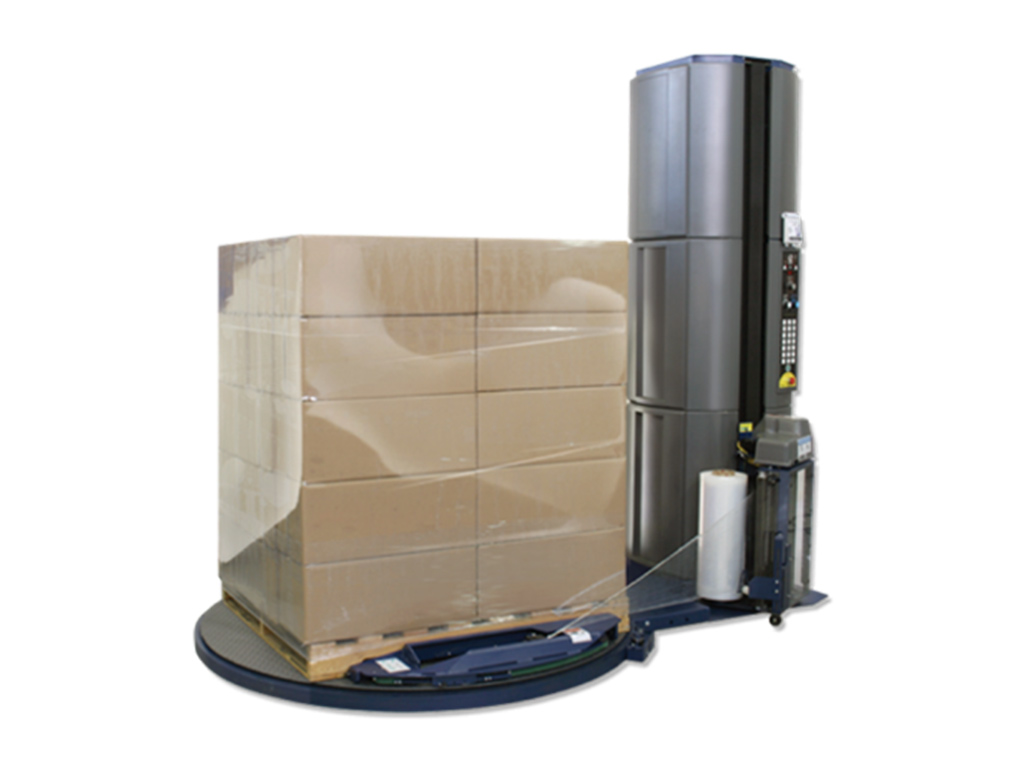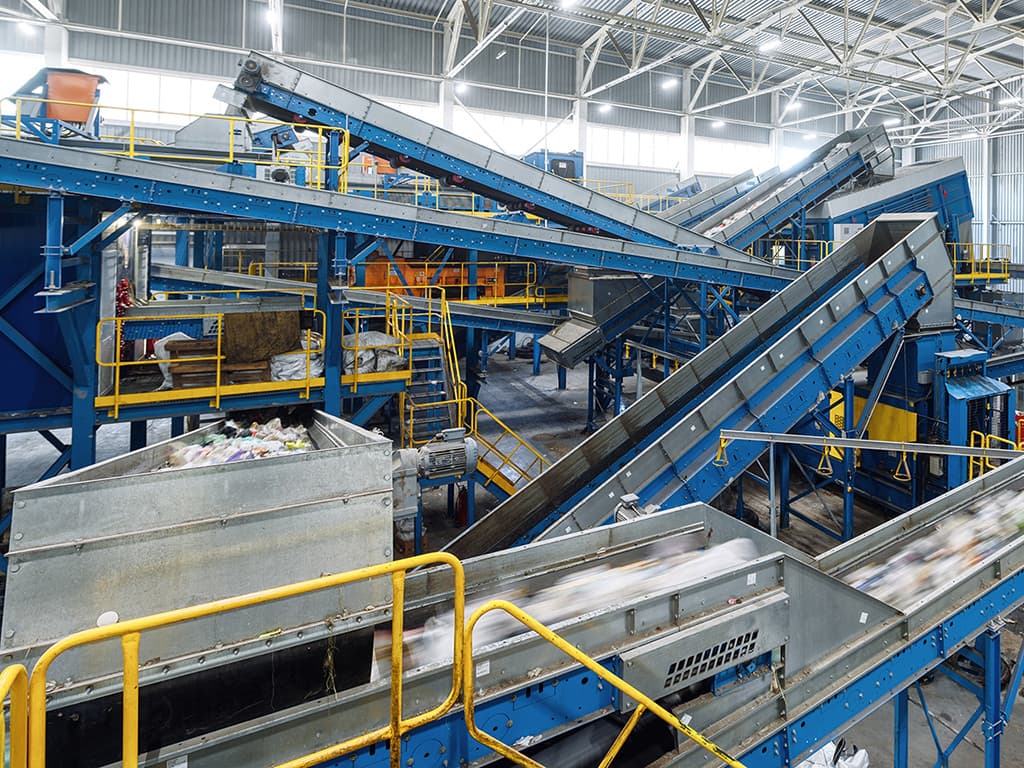Introduction
As companies across the globe strive to achieve a circular, net-zero economy – where materials are kept in use and out of our environment – the ability to access premium stretch films with tailored performance and circularity benefits is more important than ever.
While the lightweight, flexible nature of stretch films makes them ideal for protecting products, their technical requirements can pose unique challenges when designing with sustainability in mind. Stretch films are typically multi-layered, combining different materials to achieve specific properties like strength, elasticity, and clarity, which can complicate recycling efforts. Designing sustainable stretch films requires a comprehensive approach through the use of recycled content, material downgauging, and improved recyclability, supporting the transition to a net-zero economy by 2050, without compromising performance or efficiency.
Balancing Recycled Content with Performance Requirements Using Advanced Materials Science and Engineering
With the challenges involved in incorporating recycled plastic materials back into films, achieving this is a true example of sustainable innovation and another step towards circularity.
However, recycled materials, having undergone previous thermal and mechanical stresses, can impact the stretchability and overall performance of stretch films. As a result, these films may not be suitable for loads requiring maximum stretch and are better suited for applications where less stretch is required. This often necessitates a careful selection of film thickness to maintain performance and ensure that the benefits of using recycled plastic content are maximised.
As part of Berry’s commitment to helping customers meet the growing sustainability demands of today and tomorrow, we have developed a range of our Bontite® Stretch Wrap, which contains 30% recycled content in the form of Berry’s Sustane® recycled polymers. Sustane recycled polymers are backed by EUCertPlast certification, offering customers reassurance of the quality and authenticity of recycled content claims.
Achieving up to 220% stretch, Bontite® Sustane film highlights the necessity of advanced materials science and engineering solutions to balance recycled content with high-performance. Investments in cutting-edge technologies, such as multi-layer co-extrusion and precision extrusion controls, are essential to producing films that maintain consistent performance and quality.
Considering Lighter Weight Films that use Fewer Raw Materials and Energy to Produce
Stretch films play a crucial role in protecting goods throughout the supply chain, promoting sustainability by offering a lightweight solution that helps to minimise breakage, damage, and loss of product. Opting for stretch films with recycled content can sometimes lead to increased thickness to meet performance standards, ultimately resulting in more film usage, which is why customers should consider the overall material efficiency and environmental impact when selecting stretch films.
Additionally, lightweight stretch films require less raw materials and energy to produce, thereby reducing greenhouse gas emissions and plastic waste. This can contribute towards companies' goals for reduced carbon footprint and reducing natural resource consumption without compromising performance.
For example, Berry’s 11.4µm ultra high-performance Stratos™ Stretch Film provides a 44.6% reduction in plastic used per year when compared to a traditional 23µm cast stretch film, while still achieving the required levels of stability, strength, and protection. This results in 28.57% fewer truckloads being shipped per year and can provide significant cost savings.
Ensuring Compatibility with Existing Machinery and Pallet Loads

While there is no ‘one size fits all’ solution for pallet wrapping, understanding a machine’s capabilities and the physical properties of the pallet load are paramount when deciding on a stretch wrap solution. For instance, if a pallet wrapper cannot achieve the high stretch levels required for a lightweight stretch film, a thicker film with recycled content might be more suitable. Additionally, loads with sharp edges or irregular shapes might require specific film properties to prevent tearing or puncturing during wrapping.
To help customers determine the ideal circular solution for their application, Berry offers a comprehensive Stretch Film Analysis to understand a customer’s product specifications, type of wrapping machine, and film application speed. This allows the selection of the optimal film for both performance and sustainability.
Developing Sustainable Films Requires Advanced Innovation

Every day, Berry’s Research and Development teams are innovating and designing products more effectively so that we can recapture and remanufacture them, fostering cleaner communities for future generations. Creating truly sustainable solutions poses challenges due to the complex nature of many films, their compositions, and the need to maintain performance standards.
In striving towards a circular economy, Berry has not only developed recyclable stretch films such as Bontite Sustane but also advanced technologies like Entour™ Recyclable Lamination Films, which improve the recyclability profile of traditional multilayer laminated films through compatibilisation. This enables converters and brand owners to transition to more widely recycled structures.
Meanwhile, Berry’s Omni® Xtra+ cling film offers a low gauge, PE-based alternative to traditional, hard-to-recycle PVC cling films for the packaging of many fresh foods, combining the unique mechanical properties of PVC film while being fully recycled where kerbside and front-of-store PE recycling streams exist.
Collaboration to Achieve Sustainability

As one of Europe’s largest recyclers of polythene films, Berry has made significant investments in leading recycling technologies, giving our European businesses the capacity to recycle circa 100,000 metric tonnes of flexible plastics each year.
By partnering with us and taking into consideration the points raised in this white paper – utilising recycled content and advanced lightweight films, and ensuring compatibility with existing machinery and pallet loads – companies can navigate the complexities of stretch film and make an informed decision when selecting a film that fits their needs, striking the right balance for both application and overarching sustainability objectives.
For more insights on how Berry is approaching sustainable packaging solutions or to request a Berry Stretch Film Analysis, Contact Us.